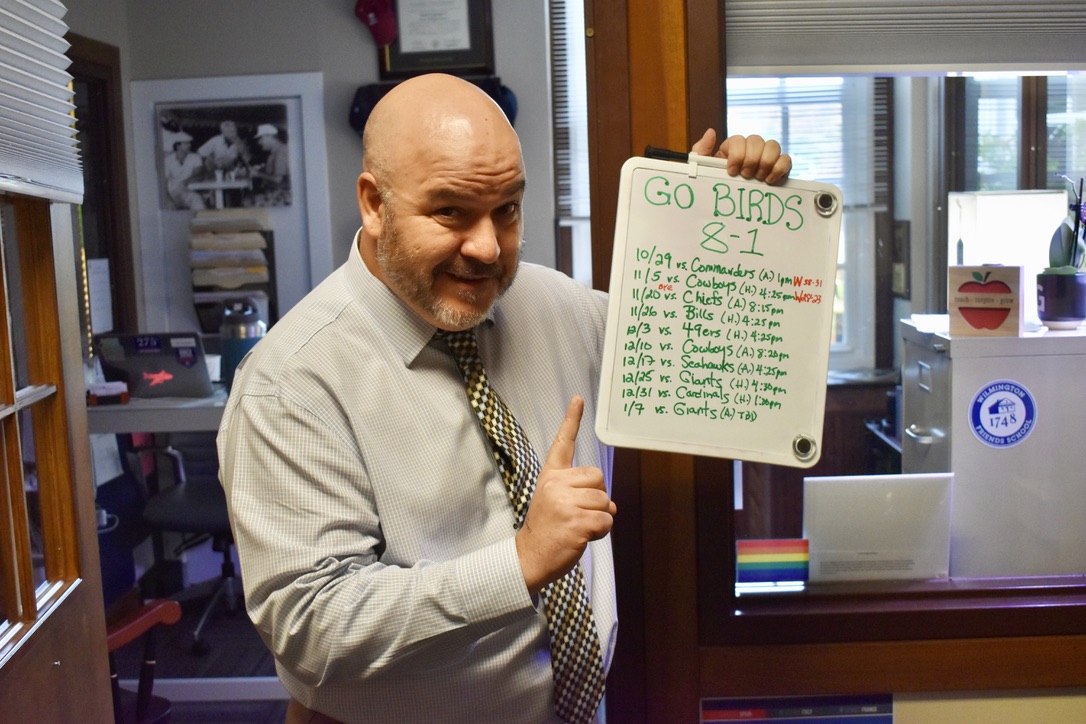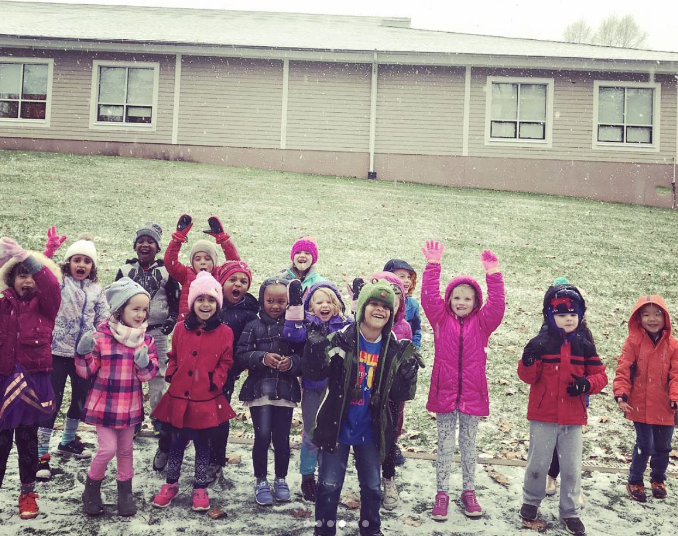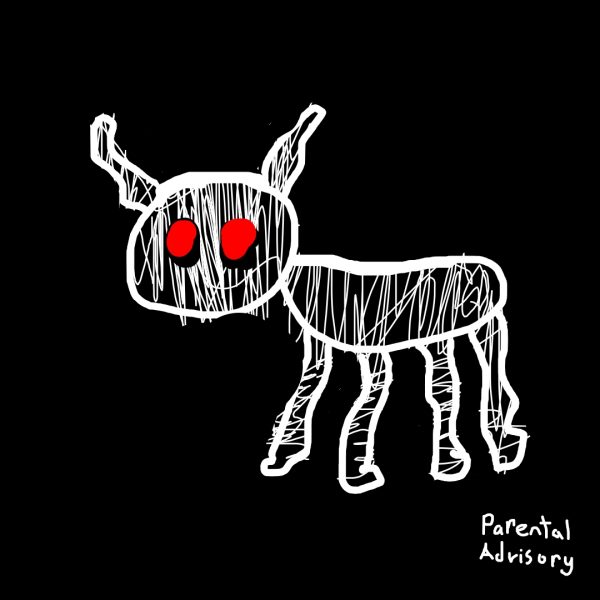How Does the Holiday Season Affect Mental Health?
Holiday Issue: Innovation and the Mind
Oftentimes, the holiday season is referred to as “the most wonderful time of the year.” Most houses and familiar places around our community are adorned with lights in many different, vibrant colors imaginable and decorations covering every square inch of properties and dwelling spaces. Cheerful holiday songs are blasted on every radio station and in every store, and people begin to break out their festive holiday sweaters with matching miniatures for their children. However, the holiday season does not only bring about external changes in our everyday lives. With the holidays comes significant changes in mental and emotional states. November, December, and January may bring bright colors and happiness; however, these few months may also bring stress and depression into the lives of many people.
No matter what one’s religion or practice may be, there is always excitement and anticipation for the traditions and family gatherings that are brought about by the holidays. It is a time when family and friends come together to celebrate an important day to all of them. Even here at WFS, we celebrate the holidays in many ways, varying from the holiday celebration to festive drinks in the Java Nook. Being surrounded by loved ones can bring a sense of peace and happiness to many people, even if the particular holidays being celebrated by each individual are not identical. Matt Killingsworth of The New York Times concludes from his study of over 20,000 people that, “spending time with our friends and family turns out to be a robustly positive predictor of our happiness.” The company of loved ones who may live far away and only come on special occasions may be an uplifting experience that enhances the cheerful essence of the holiday season. Mason Tschantz ‘19 described his love of the holiday season saying, “Having all of my siblings and family together makes me a lot happier. All of the decorations and festive music puts me and my family in a better mood.”
Although the holidays seem to bring cheer into the lives of many, this season can also be an indicator of stress and anxiety. The Mayo Clinic is a leading medical practice, research, and education program.The Mayo Clinic staff describes the holiday season as “a dizzying array of demands.” Recognizing the mental toll and stress that parties, gifts, and guests the season brings with it, the Mayo Clinic has created a guide to keeping oneself from slipping into a depression during this time of mental strain. The expectations to provide friends and family with presents can become a major mental burden on people and their families.
The stress that accompanies midterm exams also impedes on the opportunities of high school students to enjoy holiday festivities. Margaret Sullivan shared her thoughts about the upcoming season: “Although I love the Christmas music and decorations on every corner, the holidays do also tend to bring a lot of stress into my life. Especially with midterms usually the week before winter break, it can be difficult to find time and babysitting opportunities to make enough money to buy gifts for friends and family.” Having school during the holiday season may make it difficult to fully experience the joy that the holidays have to offer.
For the majority of America, the holiday season puts pressure on millions in the sense of time, finances, and trying to satisfy everyone’s needs as well as live up to their expectations. Expectations regarding gift exchanges, making others feel comfortable and welcome in your home, and finding the time and money to put towards shopping and travel can be very stressful for any individual. However, although this season may bring unwanted stress, it also may bring happiness to people all over the world. The holiday season reunite families and friends, bringing people of all backgrounds together.
























